Having two copies of the APOE4 gene may be the genetic cause of up to one fifth of all Alzheimer's disease (AD) cases, a new study suggests.
More than 95% of those with two copies of the gene called APOE4 homozygotes in a large multicohort study had higher levels of AD biomarkers by age 55 years than did those with other APOE gene variants. By age 65 years, most had developed AD symptoms and showed abnormal amyloid levels in cerebrospinal fluid and on PET.
Investigators said that such a high penetrance of AD pathology in this group suggests that APOE4 may not be just a risk factor for AD but also a distinct genetic form of the disease.
"Sometimes, we say we don't know the cause of Alzheimer's disease, but this would be behind 15%-20% of the population of people with AD," lead investigator Juan Fortea, MD, PhD, director of the Memory Unit of the Neurology Department at the Hospital of Sant Pau, Barcelona, Spain, said at a press briefing.
Although some experts urge caution in interpreting these results, investigators and others say the findings, published online on May 6 in Nature Medicine, could lead to calls for more widespread testing for APOE4 and may spur drug development.
High AD Penetrance
Mutations in the APP, PSEN1, and PSEN2 genes are linked to risk for early-onset autosomal-dominant AD, and dozens of other genes are associated with greater odds of late-onset disease. Among all these genes, APOE is considered the strongest genetic risk factor for late-onset AD.
Prior studies found that APOE4 homozygotes have a 60% lifetime risk for AD by age 85 years, a risk higher than that found with other gene variants or in single APOE carriers or noncarriers.
Despite that, no previous study had examined the predictability of symptom onset in APOE4 homozygotes, which make up about 2%-3% of the general population and 15-20% of those with AD. And because most biomarker studies have combined single- and double-carrier APOE4 carriers into one group, very little was known about the penetrance or disease progression in APOE4 homozygotes.
Investigators analyzed data from 3200 brain donors from the National Alzheimer’s Coordinating Center and more than 10,000 people with AD biomarkers from five multicenter cohorts in the United States and Europe.
Nearly all APOE4 homozygotes had either high or intermediate AD neuropathologic change scores compared with about 50% among APOE3 homozygotes and was the same regardless of age at time of death.
Beginning at age 55 years, APOE4 homozygotes exhibited higher levels of abnormal AD biomarkers than did APOE3 homozygotes. By age 65 years, nearly everyone with two copies of APOE4 showed abnormal levels of amyloid in cerebrospinal fluid and 75% had positive amyloid scans.
Other biomarkers showed a biologic penetrance of AD that increased with age. By age 80 years, penetrance for all amyloid and tau biomarkers reached 88%.
Postmortem analysis revealed AD and dementia symptoms were evident in APOE4 homozygotes 7-10 years before APOE3 homozygotes, with AD symptoms present at age 65 years, minor cognitive impairment at 72 years, dementia at 74 years, and death at 77 years (P <.05 differences).
When they limited analysis to only those who developed AD dementia, investigators found no difference in amyloid or tau accumulation between APOE3 and APOE4 homozygotes. That was surprising given the much earlier presentation of clinical symptoms and biomarkers in those who carried two copies of APOE4.
More Than a Risk Factor
Overall, study findings provide evidence that APOE4 homozygotes represent another form of genetically determined AD, similar to autosomal-dominant AD and down syndrome–associated AD, investigators said.
"Our work showed that APOE4 homozygotes meet the three main characteristics of genetically determined AD, namely near-full penetrance, symptom onset predictability and a predictable sequence of biomarker and clinical changes," they wrote.
Based on the results, investigators recommend that future clinical trials avoid combining single and double APOE4 carriers into one study group.
Because the global average proportion of APOE4 homozygotes is estimated to be approximately 2%, APOE4-homozygous AD may represent one of the most frequently occurring Mendelian diseases worldwide. This could have implications for genetic counseling and genetic screening recommendations, they said.
"We may need to start treating these homozygotes as a separate group in our research so we can really understand the relation between amyloid and tau and symptoms in E4 homozygotes in a way that we have not been able to because of our practice in the field of thinking that APOE4 is this unitary risk effect," co-investigator Sterling Johnson, PhD, professor of geriatrics and dementia, University of Wisconsin-Madison, said at a press briefing.
The findings may also have implications for AD prevention, investigators added.
"What's particularly important is the promise that perhaps we could treat people before symptoms, particularly in people who already have the disease in their brain such as APOE4 homozygotes, which reliably predicts that they will have impairment and try to treat them beforehand," co-investigator Reisa Sperling, MD, director of the Center for Alzheimer Research and Treatment at Brigham and Women's Hospital and Massachusetts General Hospital, Boston, said at a press briefing.
"This is important for preventing Alzheimer's-related dementia and a real movement forward in defining the disease on the basis of genetics and biomarkers," she added.
Experts Offer Mixed Reactions
Commenting on the findings, Paul Mathews, MD, DPhil, group leader of the UK Dementia Research Institute Centre at Imperial College, said that the data point to a need to look at APOE4 differently.
“One implication of this work is that testing for APOE4 gene homozygosity should be assessed for use clinically, when late middle-aged people present to their doctors with symptoms of dementia," Mathews, who was not part of the study, said in a statement.
In an accompany editorial, Yadong Huang, MD, PhD, Departments of Neurology and Pathology, University of California, San Francisco, and co-authors noted that the findings also have implications for clinical drug trials.
"So far, APOE4 homozygotes have not been treated as a separate predefined treatment group in clinical trials," they wrote. "Following this study, APOE4 status must be recognized as a crucial parameter in trial design, patient recruitment and data analysis, with APOE4 homozygotes and heterozygotes being clearly separated. Such an approach may enhance the treatment efficacy and help tailor therapeutic interventions more effectively towards genetically defined patient populations."
Other experts urge caution when interpreting the findings.
"It is clear that APOE4 homozygosity is tightly linked to the appearance of Alzheimer’s-related pathology, but even at age 80, 12% of people with APOE4/E4 did not have amyloid/tau biomarkers," Yuko Hara, PhD, director of aging and AD prevention at the Alzheimer's Drug Discovery Foundation, told Medscape Medical News. "Also, having two copies of APOE4 does not mean you will definitely develop symptoms of Alzheimer’s disease in your lifetime," Hara added.
Researchers have long known that APOE4 is a strong risk factor for AD and that people with two copies of the gene are at especially high risk, David Curtis, MD, PhD, Genetics Institute at University of College London, England, said in a statement.
"I do not see anything in this paper to justify the claim that carrying two copies of APOE4 represents some 'distinct genetic form' of Alzheimer's disease," Curtis said. "No matter how many alleles of APOE4 one carries, the underlying disease processes seem similar across cases of Alzheimer's disease, suggesting that any effective treatment and prevention strategies, which have yet to be developed would have broad applicability."
Study funders included Fondo de Investigaciones Sanitario, Carlos III Health Institute, Fondo Europeo de Desarrollo Regional, Unión Europea, National Institutes of Health, the Department de Salut de la Generalitat de Catalunya, Horizon 2020–Research and Innovation Framework Programme from the European Union, La Caixa Foundation, EIT Digital, and the Alzheimer Association. Fortea reported receiving personal fees for service on the advisory boards, adjudication committees or speaker honoraria from AC Immune, Adamed, Alzheon, Biogen, Eisai, Esteve, Fujirebio, Ionis, Laboratorios Carnot, Life Molecular Imaging, Lilly, Lundbeck, Perha, Roche and outside the submitted work. Johnson has served at scientific advisory boards for ALZPath, Enigma and Roche Diagnostics. Sperling has received personal consulting fees from AbbVie, AC Immune, Acumen, Alector, Bristol Myers Squibb, Janssen, Genentech, Ionis and Vaxxinity outside the submitted work. Huang is a co-founder and scientific advisory board member of GABAeron, Inc. Mathews reports consultancies with Sudo Biosciences, Nimbus, Redburn. Hara and Curtis reported no conflicts. Complete funding sources and disclosures are included in the original articles.
Kelli Whitlock Burton is an assistant managing editor for Medscape who covers neurology and psychiatry.

.webp) 1 week ago
6
1 week ago
6




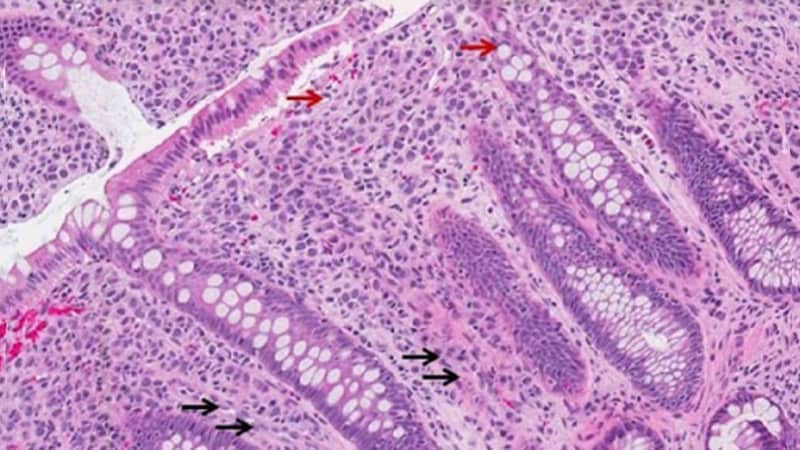
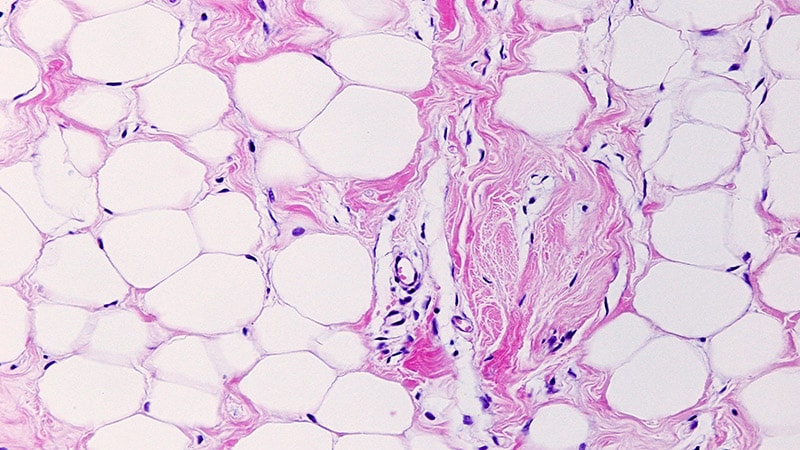
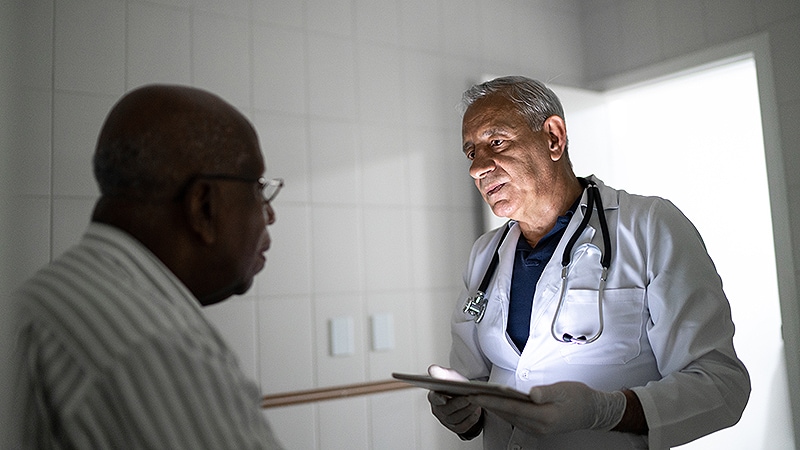

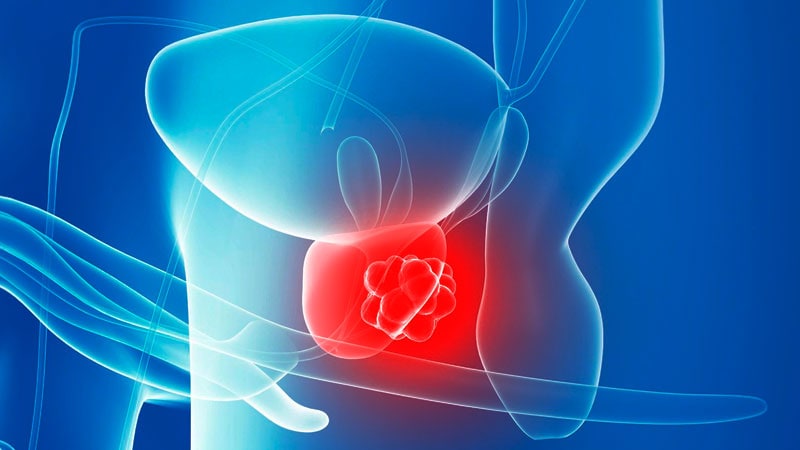



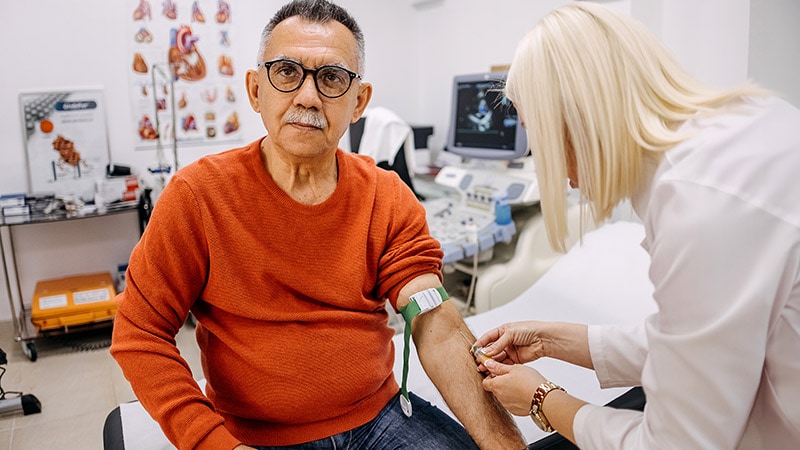
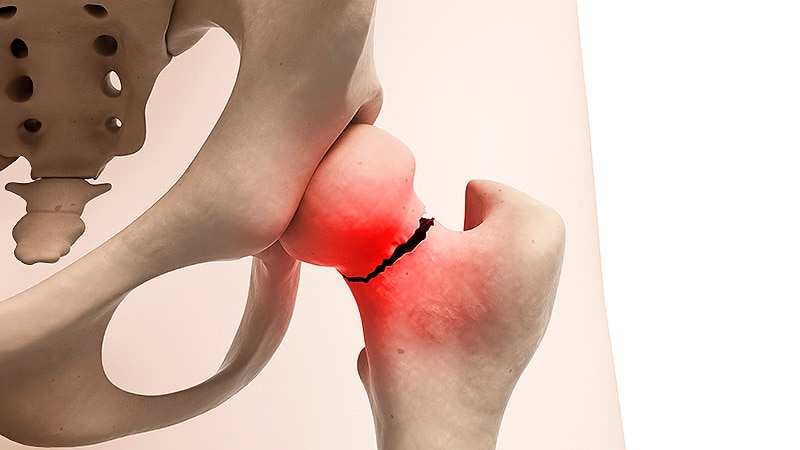














 English (US)
English (US)